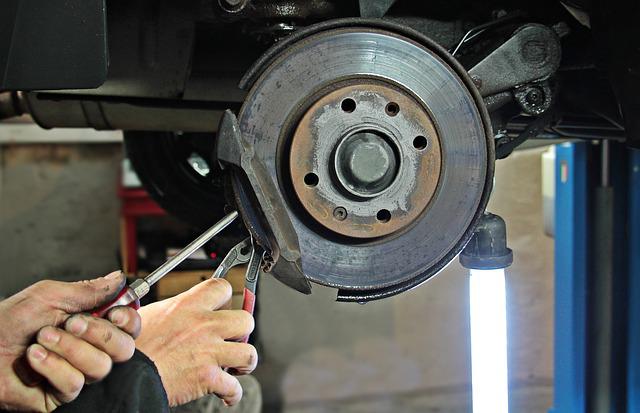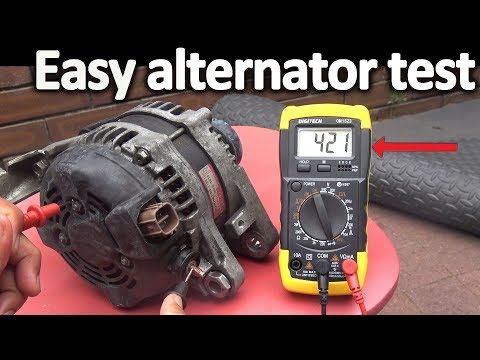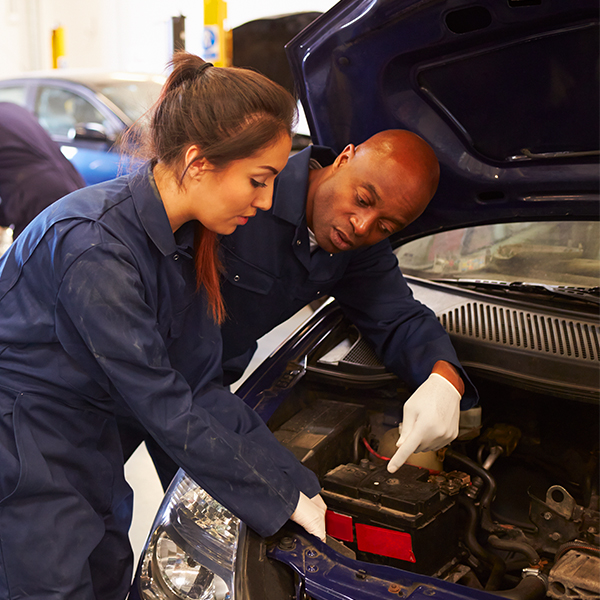
A car restorer is a person who specialises in restoring old cars. They can be Concours-ready and Detail Doctors, or Forward-thinking. It all depends on what you are looking for. Below are four types car restorers. You might choose one that suits your needs or fits within your budget. But be sure to choose someone who has an eye for detail. These restorations are not just for collectors. They can also restore your car to its original condition.
Detail Doctor
The Detail Doctor product is a revolutionary new product that can help restore your car's beauty. It is a car wash and detailing product that uses linseed oil to recondition paint and upholstery. The product contains linseed oil, which is highly flammable and can cause spontaneous combustion of materials. The product is manufactured in the USA by Detail Doctor. Detail Doctor can be found on their website.

Concours Ready
Concours Ready cars are classic cars that have been restored to the highest standards of craftsmanship. It is not required to enter a Concours d'Elegance, but the restoration required to achieve this distinction is very high. Concours Ready car restorers meet the highest quality standards, and will surpass the original manufacturer's quality. The car must be ready to go for the Concours with minimal damage and filler.
Purists of classic cars
There are two types if classic car restorers: purists as well as forward thinkers. The first focus on restoring old cars while the latter include modern technology and innovations. A classic car can be a treasure to look at and drive, but it may not always be the most practical choice. Although there's no clear winner, both sides can reap the many benefits of owning a classic car. Find out more about the differences between each type.
Forward-thinking restorers
You can choose to follow traditional methods, or you can embrace new technologies and innovations. Classic car restorers who follow traditional methods are called purists. Purists tend to focus on restoring the car as it was when it was first purchased. However, forward-thinking car restorers make use of modern tools and techniques to improve quality. When choosing a classic restoration specialist, there are some important things to remember. These include: * Always inspect the vehicle prior to making a purchase.

Restoration costs
The cost of parts and labor is the most important thing to consider when restoring a classic car. The cost of the parts and labor will be lower if you do it yourself than if you hire a professional. The cost of more extensive work will be higher. Depending on the car's age, the restoration process can cost anywhere from $500 to $5,000.
FAQ
Is it hard to get work as an auto mechanic?
It is possible. Many garages post their vacancies online. Many people apply simply because they think it might make them feel good. To get your foot in front of the door, try applying for a few positions to see if any accept student applications. Alternatively, you could ask friends and family if they know anyone who works in the industry. They may be happy and willing to recommend someone.
What qualifications do you need to be a truck-mechanic?
Although you don't need to have any formal qualifications, your experience working with trucks and engines is invaluable. Your experience is valuable because it allows you to diagnose problems quickly, efficiently and effectively.
Also, your knowledge of diesel technology will be a benefit as you can help us understand which parts are needed for our vehicles.
To work as an automotive mechanic, do I need a degree? Can I study part-time?
It is not essential, but it is helpful. Employers prefer candidates who have completed a full degree. This shows you have put in the work and achieved success.
However, it doesn't mean you can't still work while studying. Some universities allow students the flexibility to finish coursework during summer vacations and resume their studies later in year. Other universities permit students to take classes part-time during the school year.
What length of an automotive course is it?
An automotive course lasts 3 years.
The first year focuses on theory and learning about cars. The second year is dedicated towards practical training. This includes learning how to drive, fix engine problems, and doing other maintenance jobs around your car. You will spend the final year working in a local garage to gain real-world experience.
Statistics
- There were 749,900 jobs available for automotive service technicians and mechanics in 2016, which is expected to grow by six percent through 2026. (jobhero.com)
- According to the BLS, total auto technician employment is expected to exceed 705,000 by 2030. (uti.edu)
- The U.S. Bureau of Labor Statistics (BLS) reports that the job outlook for automotive service technicians and mechanics is expected to decline by 4% from 2019 to 2029. (indeed.com)
External Links
How To
How to correctly diagnose your vehicle for repairs
Before you can determine if your car requires repairs, it's important to first analyze the symptoms. You can then follow these steps for a proper diagnosis of your vehicle.
-
Check engine lights. You should inspect the dashboard lights, such as the engine light indicator and the oil pressure gauge. Also, check the battery light indicator. You may have a problem with your vehicle if any of the indicators are flashing for more than a few days.
-
Take a look at the treads. Tire wear can lead to problems in handling and brake performance. You should inspect the treads on your wheel. They should be smooth and clean. It is best to take off the wheels and remove them. To check the condition of your treads, use a flashlight.
-
Observe the brake fluid level. It is important to keep track of how much brake fluid you have in your car. This will ensure that your brakes run smoothly. Low brake fluid levels can cause brake failure when you apply pressure.
-
Check the suspension system. A suspension system is designed to absorb vibrations and shocks. It gives you better control and allows for smoother accelerations and decelerations. Your vehicle might feel wobbly, or shake uncontrollably if it has a bad suspension. To test whether your vehicle has a suspension issue, try putting weight on the front or rear axle and observe the movement.
-
Examine the steering column. Steering columns are used to connect the steering wheel to the rest of the vehicle's components. Steering columns can be damaged by accidents. Replace it if your steering column feels loose or unsteady.
-
Pay close attention to the exhaust tube. Exhaust pipes help move gases from the combustion chamber to the atmosphere. Exhaust pipes that are cracked or leaking can allow harmful fumes to enter your cabin. Also, if your tailpipe is bent, you should fix it immediately.
-
Check under the hood. Take a look underneath the hood to find any strange or unusual items. Leakage of fluids in your engine could indicate that it is leaking. In addition, if you notice an unusual smell coming from your engine compartment, you should contact a professional technician.
-
Check the air filter. The air filter in your vehicle collects dirt and dust from the environment. A dirty filter can lead to a poor vehicle's performance. Replace your air filter regularly.
-
Check the fan belt. The fan belt is the link between the engine and the transmission. If the fanbel breaks, your engine won't turn. It's easy to replace the belt. All you need are a screwdriver & pliers.
-
Verify the radiator hoses. The radiatorhose carries water from your radiator to the engine. It can cause hot liquid to leak onto the engine if it is damaged or cracked. You only need a pair of needle-nose pliers and a small wire brush to repair the hose.
-
Check the windshield wipers. Windshield wipers use electricity for snow and rain removal. If they stop functioning, they can leave streaks in your window glass. The solution is to change the washer fluid.
-
Verify the condition of your battery cables. The battery cables provide power for the electrical systems in your car. Make sure you disconnect the negative cable before replacing batteries. Failure to do so can damage your alternator.
-
Make sure your headlights are working properly. The headlights will illuminate the road ahead. Bad visibility can be caused by headlights that don't work correctly. You can check the bulbs to make sure they aren't burned out.
-
Make sure you have your lights on. When you approach them at night, the lights warn other drivers. It could cause distraction and even lead to an accident if it doesn't work.
-
You should inspect your brakes. Before you collide with another vehicle, brakes will slow down the car. You could lose control of the car and cause a crash if they don't work properly.
-
Change the oil. The oilkeeps your engine lubricated. This oil helps to prevent metal parts becoming too worn out. It is recommended that the oil be changed every other month.